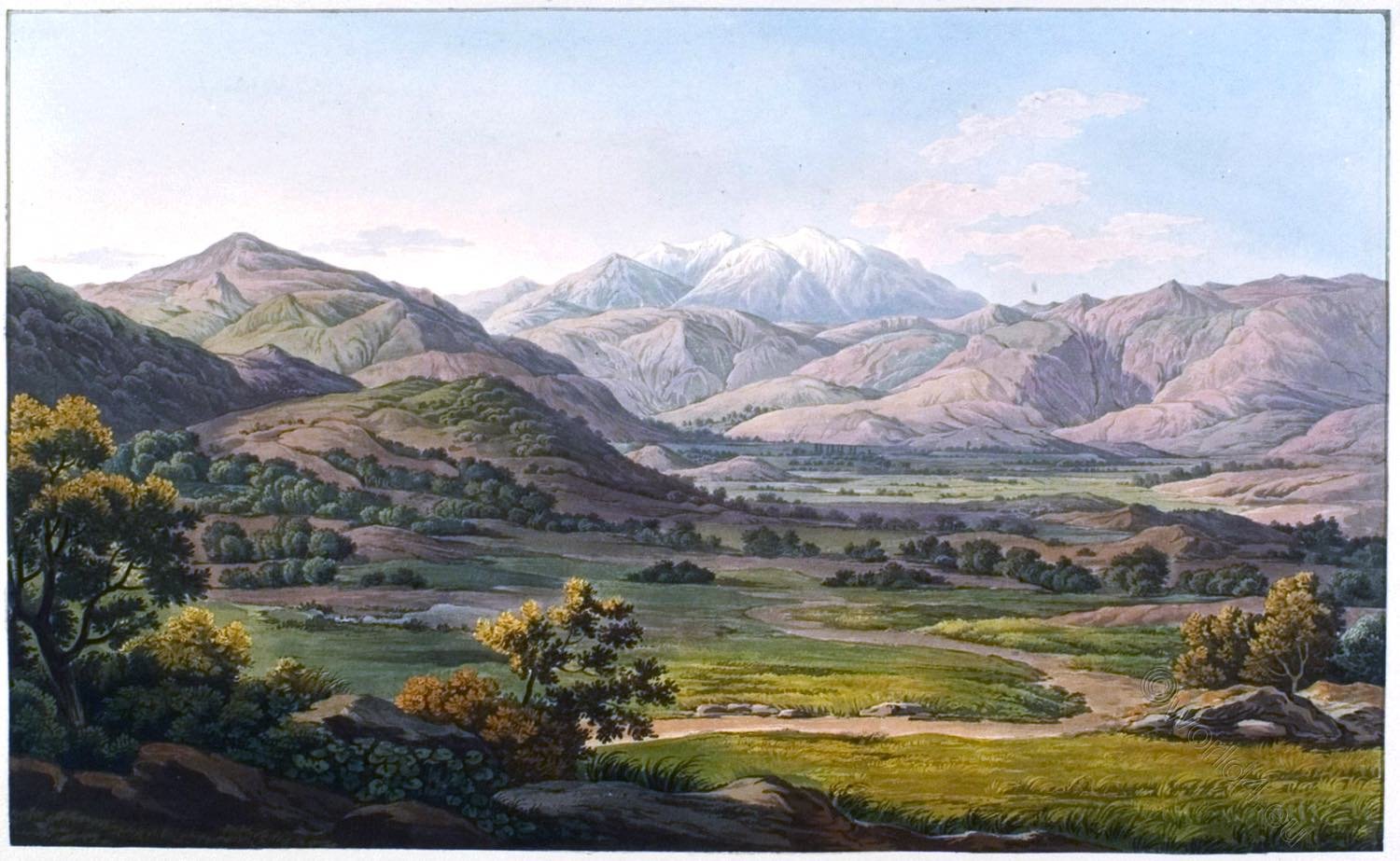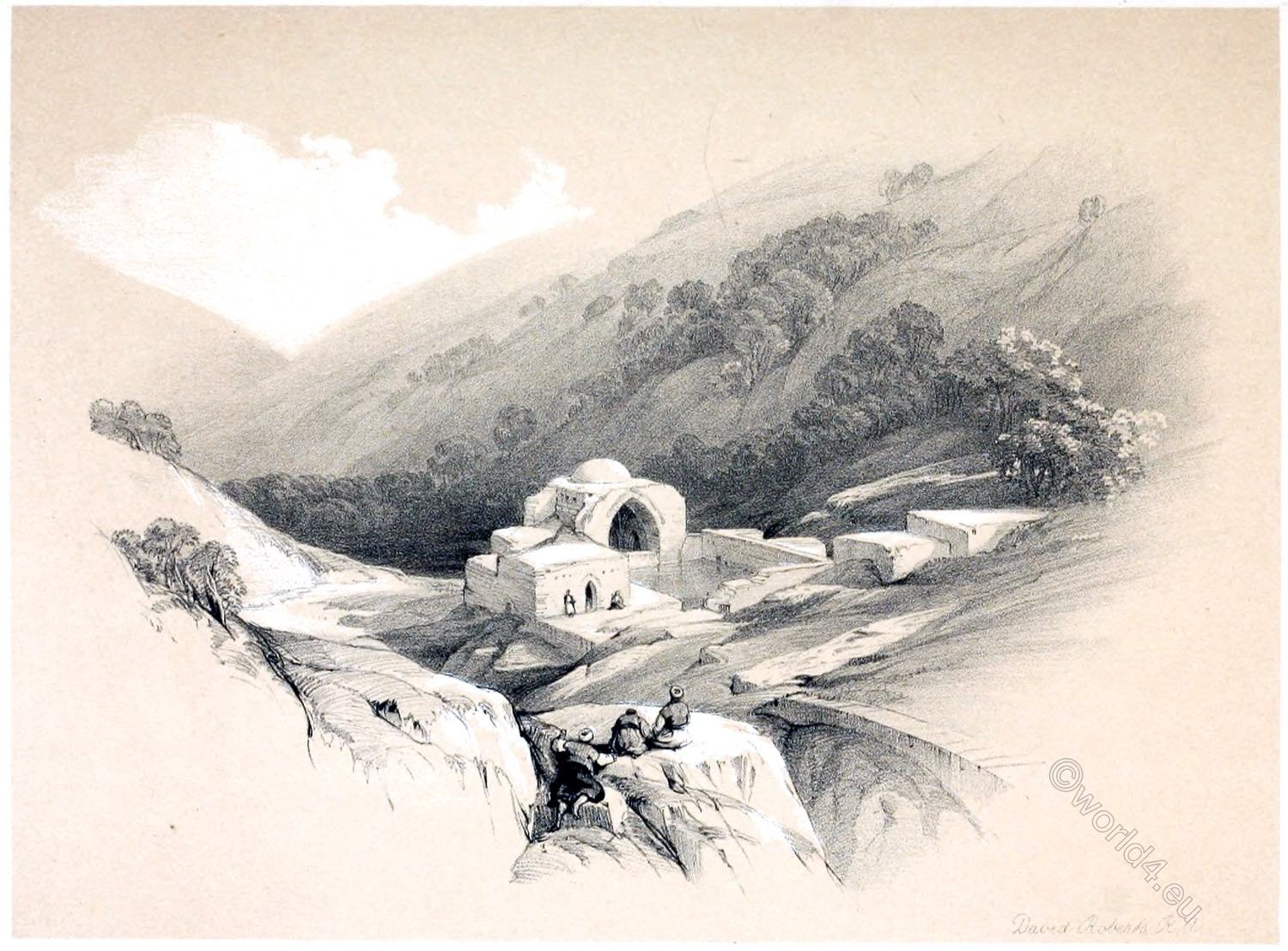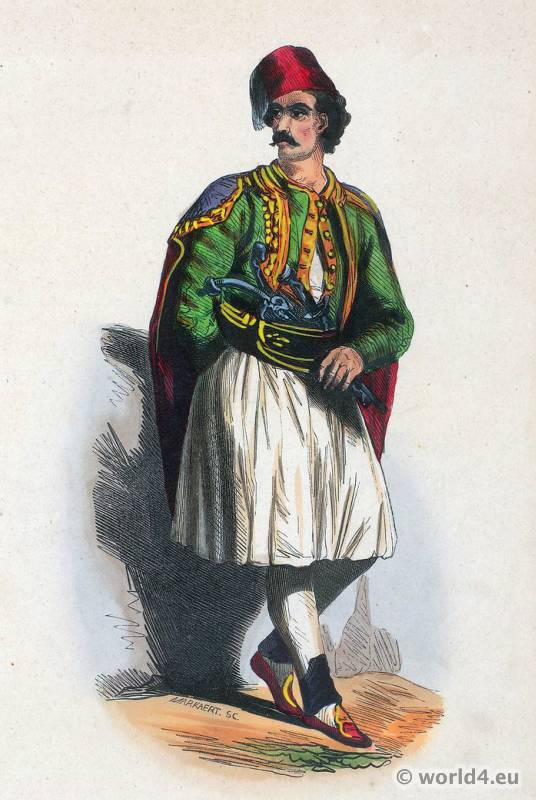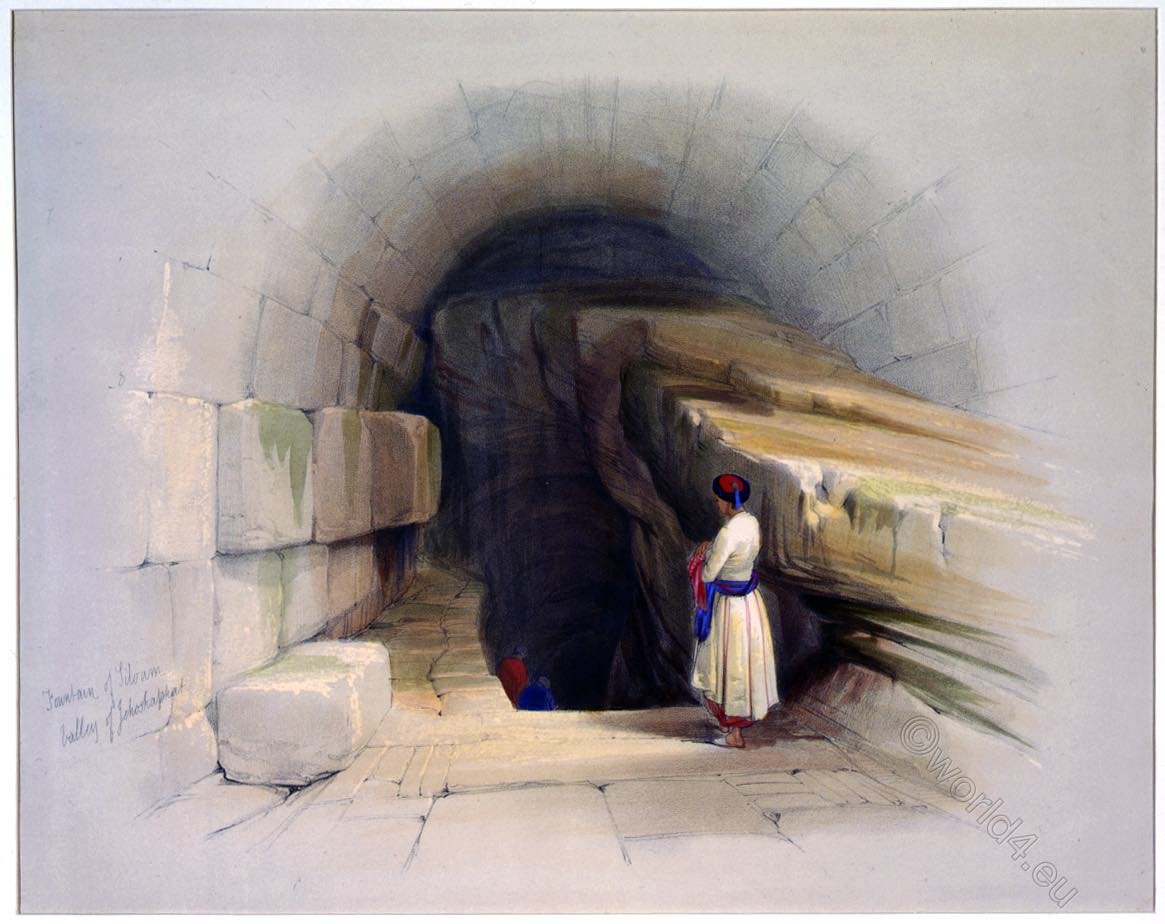Pherai (original Greek: Ferai, Feres) was an ancient city in the Thessalian landscape of Pelasgiotis, not far from the sea. It was a very important city, which belonged to the Pelasgiotida tetrachy and had Pagasae as its port. Mentioned by Homer in the list of cities that took part in the Trojan War; known in Greek mythology as the seat of Admetos, whose son Eumelos was the joint leader of the Pheraeans and Iolians before Troy. Pherai is named after Pheres, the father of Admetos, who founded the city and ruled as its king.
Around 450 BC the city is mentioned in an inscription of Delphi. At the beginning of the Peloponnesian War, this Thessalian city was an ally of the Athenians. After the end of the war, however, a tyranny was established there with Lycophron as the first tyrant.
The modern town of Velestino is located on the site of ancient Pherai (Feres). It was built during the Middle Ages. It was the birthplace of Rigas Feraios (born as Antonios Rigas Velestinlis, 1757 – 24 June 1798), political thinker and revolutionary.

THE HYPERIAN FOUNTAIN
by Edward Dodwell.
THIS spring was celebrated from the earliest times. Homer represents Hector condoling with Andromache on the impending catastrophe of the Trojan contest; when he expresses his dread of her being carried prisoner to Greece, where he foresees her degraded state in the occupation of drawing water from the Messeid, or Hyperian Fount.
It was situated in the midst of the town of Pherae, which boasted an origin of the highest antiquity, and existed before the Argonautic expedition, being founded by a progenitor of its leader Jason. It was subsequently important in its riches, drawn from the fertility of the neighbouring plains; and the strength of its acropolis, which arose immediately from the Fount, protected the tyrant Alexander from the wrath of those enemies his many cruelties had naturally excited against his power.
Scarcely a vestige of the walls, however, now exist, and a few broken frusta of columns, with some scattered stones, would hardly suffice to point out its site without the aid of a more unchangeable feature, the Fount, which yet continues to hold together a modern village, called Velestina (ancient Pherae), resembling its ancient predecessor in its gardens and surrounding accompaniments of platani, poplars, cypresses, olives, and palms, beautifully contrasted with the tall white minarets of its various mosques, and reflected from the clear surface of the spring, which, bubbling from the earth, immediately forms itself into a small but shallow lake of water, of crystalline purity, about a hundred yards in diameter.
Stepping stones are placed, by which it may be paced, but the continual moisture renders their surface but insecure footing to the heedless.
Source: Views in Greece. Drawings by Edward Dodwell. Rod Well and Martin, London, 1821.
Discover more from World4 Costume Culture History
Subscribe to get the latest posts sent to your email.






